It started, as most of my questionable fashion experiments do, in the pub. “You’re basically a walking clothes hanger anyway,” my mate Charlie said, three pints in. “I bet you could pull off any look.” Jamie, ever the enabler, chimed in: “Yeah, but could you do Tommy Shelby? You haven’t got the cheekbones, mate.” And just like that, a dare was born. One week, five different British TV character outfits, worn to my regular life events—meetings, dinners, even a bloody dental appointment. God help me.
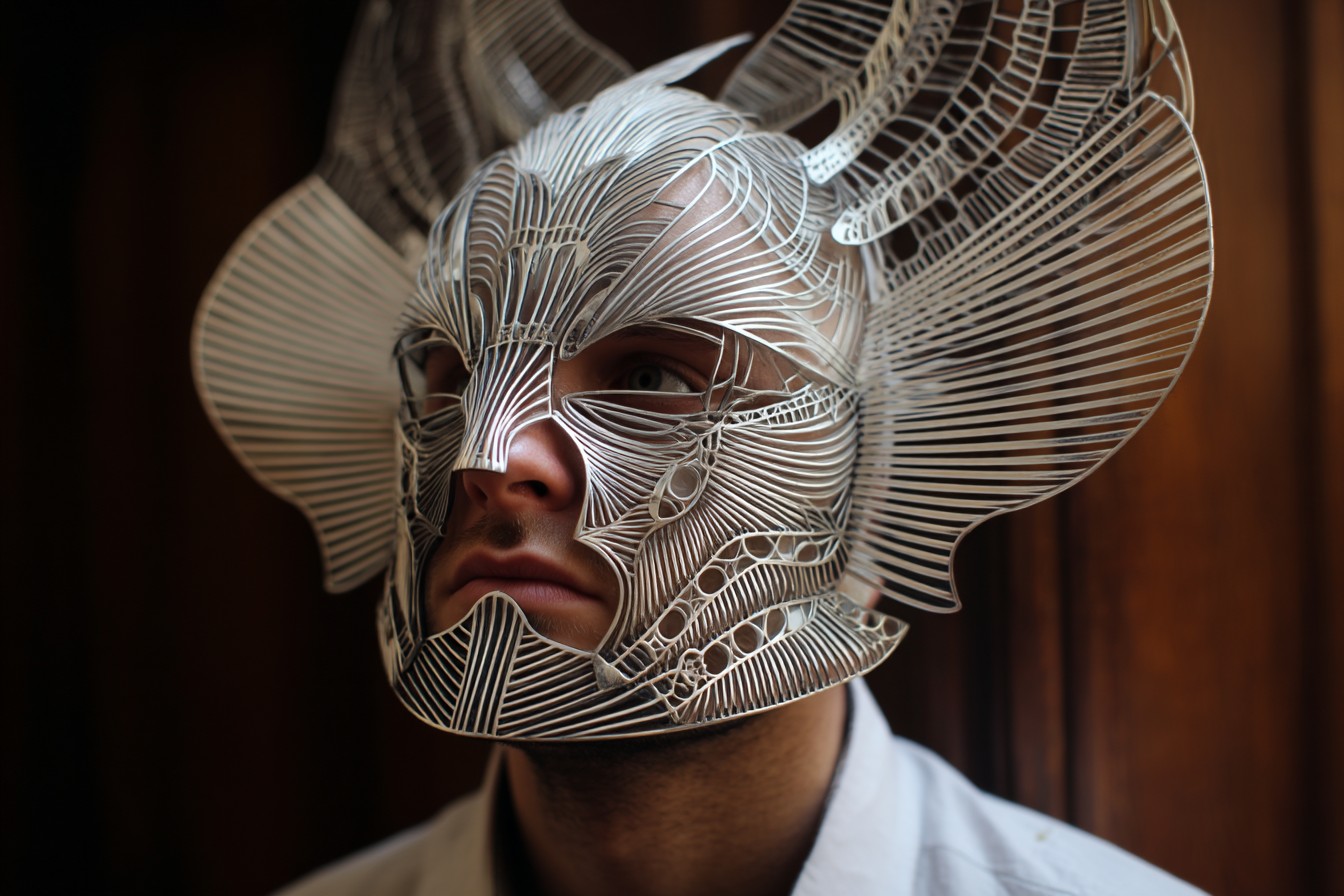
The rules were simple: I had to fully commit to each character’s signature look for a full day. No half measures. No “inspired by” cop-outs. And I had to document the reactions. My editor nearly spat out her coffee when I pitched it. “You’ll look ridiculous,” she said, immediately approving the budget for any costume pieces I didn’t already own. “The readers will love it.”
Monday: Tommy Shelby (Peaky Blinders)
Let’s get something straight—I’m about as intimidating as a labrador puppy. I’m the bloke who apologizes when someone else steps on my foot. So transforming into the razor-blade-wielding, dead-eyed gangster from Birmingham’s meanest streets was… ambitious.
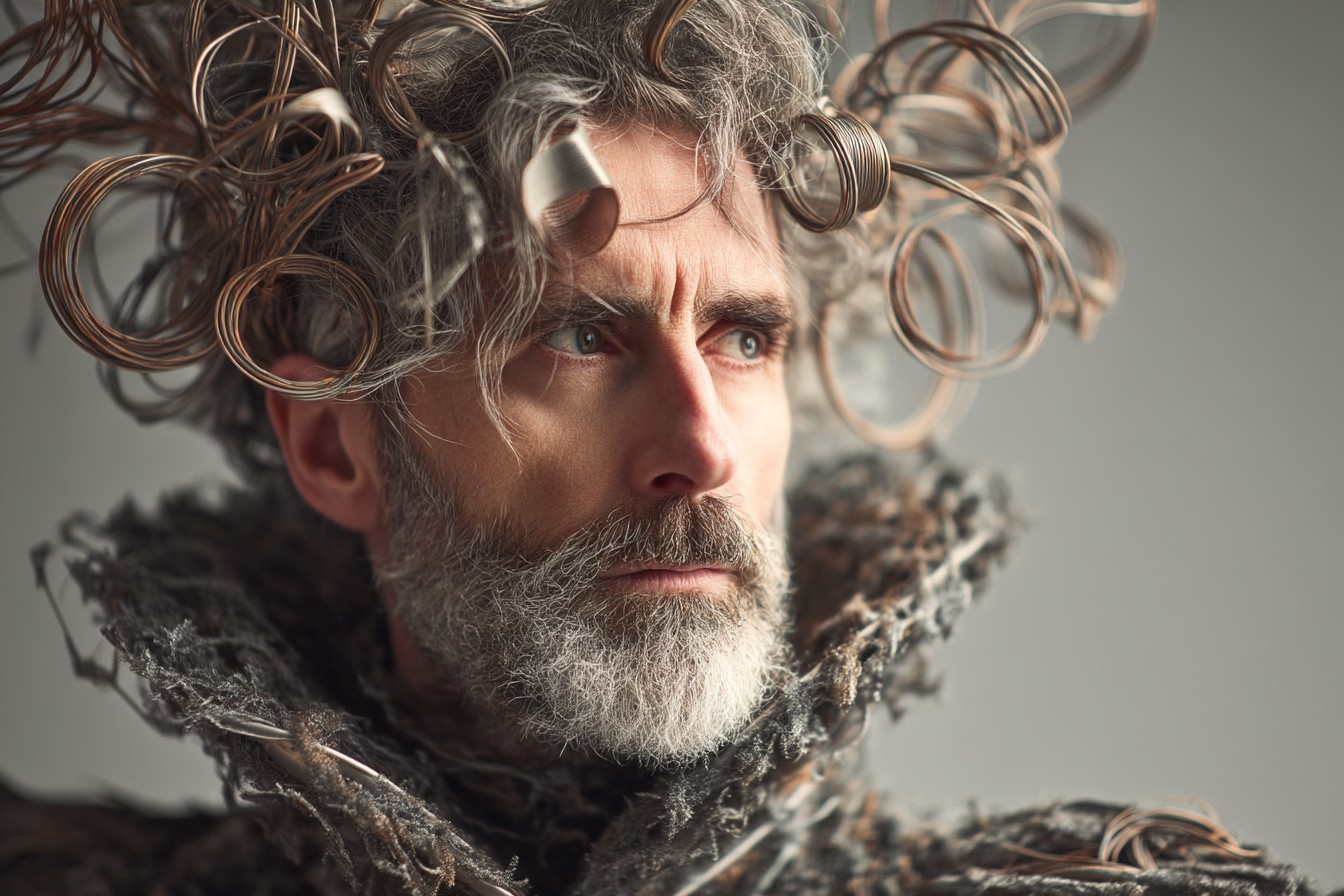
The outfit itself wasn’t actually that far from my comfort zone: three-piece tweed suit, penny collar shirt, heavy wool overcoat. The differences were in the details—the collar pin instead of a tie, the pocket watch chain, boots instead of Oxfords. Oh, and the flat cap, of course. Not just any flat cap—the exact replica Garrison cap with the trademark Shelby silhouette. I drew the line at sewing razor blades into the peak, for obvious reasons including “not wanting to accidentally slice my own forehead open while adjusting it.”
The cap wasn’t the problem. The walk was. Have you ever tried to channel pure menace through your gait? It’s exhausting. I practiced in my flat the night before, stomping around my kitchen with what I thought was terrifying intensity, until my downstairs neighbor texted: “Are you doing aerobics up there?”
I had a client meeting that day with a major British heritage brand. As I walked into their pristine Mayfair office, the receptionist actually did a double-take. The brand manager—a usually unflappable woman who once maintained her composure when a model’s trousers split during a presentation—blinked rapidly and said, “Alexander, you look… murderous today.”

I growled my way through the meeting, keeping my responses clipped and making intense eye contact that I hoped conveyed “dangerous gangster” rather than “man with potential eye infection.” The strange thing? The meeting went surprisingly well. People interrupted me less. The usual skeptic in the corner office didn’t question my recommendations. When I suggested a bold direction for their summer campaign, instead of the usual twenty minutes of debate, the creative director just nodded and said, “If you think it’s best.”
Is this how Tommy Shelby feels all the time? Do people just… agree with you when you dress like you might have someone beaten up in a back alley? It was intoxicating and slightly terrifying.
The commute home was an education. Usually, I can count on at least three people knocking into me on the Tube without apology. That evening? People actually moved out of my way. A seat mysteriously became available. No one manspreaded into my space.
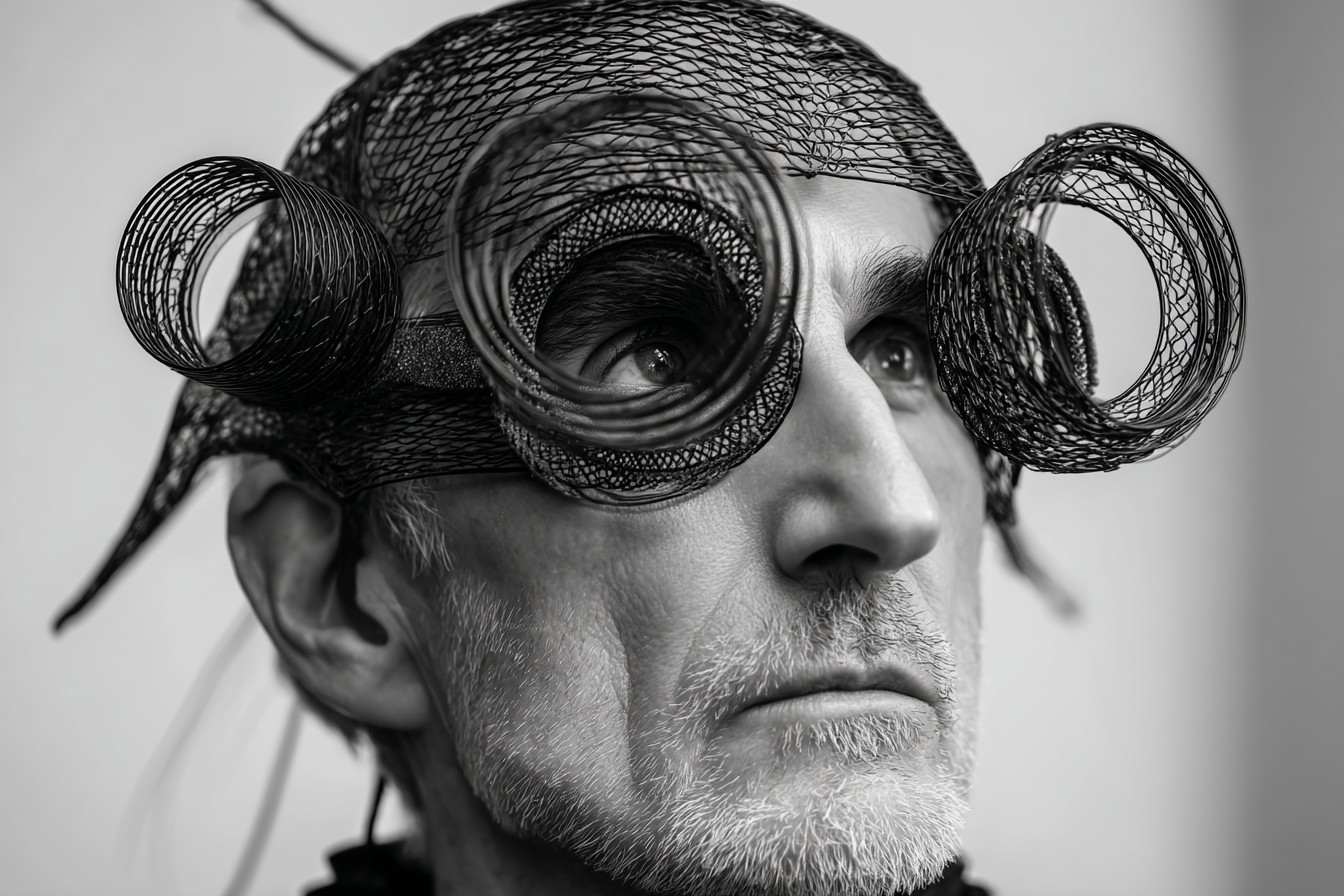
I stopped at Tesco on the way home. The cashier called me “sir” instead of “mate” and didn’t try to make small talk about the weather. I’m not proud to admit this, but I might have strutted a little bit on the walk back to my flat.
Tuesday: Doctor Who (The Twelfth Doctor)
From Shelby’s controlled menace to the Doctor’s chaotic brilliance—talk about emotional whiplash. I chose Peter Capaldi’s incarnation because: a) I already owned a navy velvet jacket that wasn’t entirely dissimilar, b) his punk-rock-meets-magician aesthetic speaks to my soul, and c) let’s be honest, I don’t have the hair to pull off any of the younger Doctors.
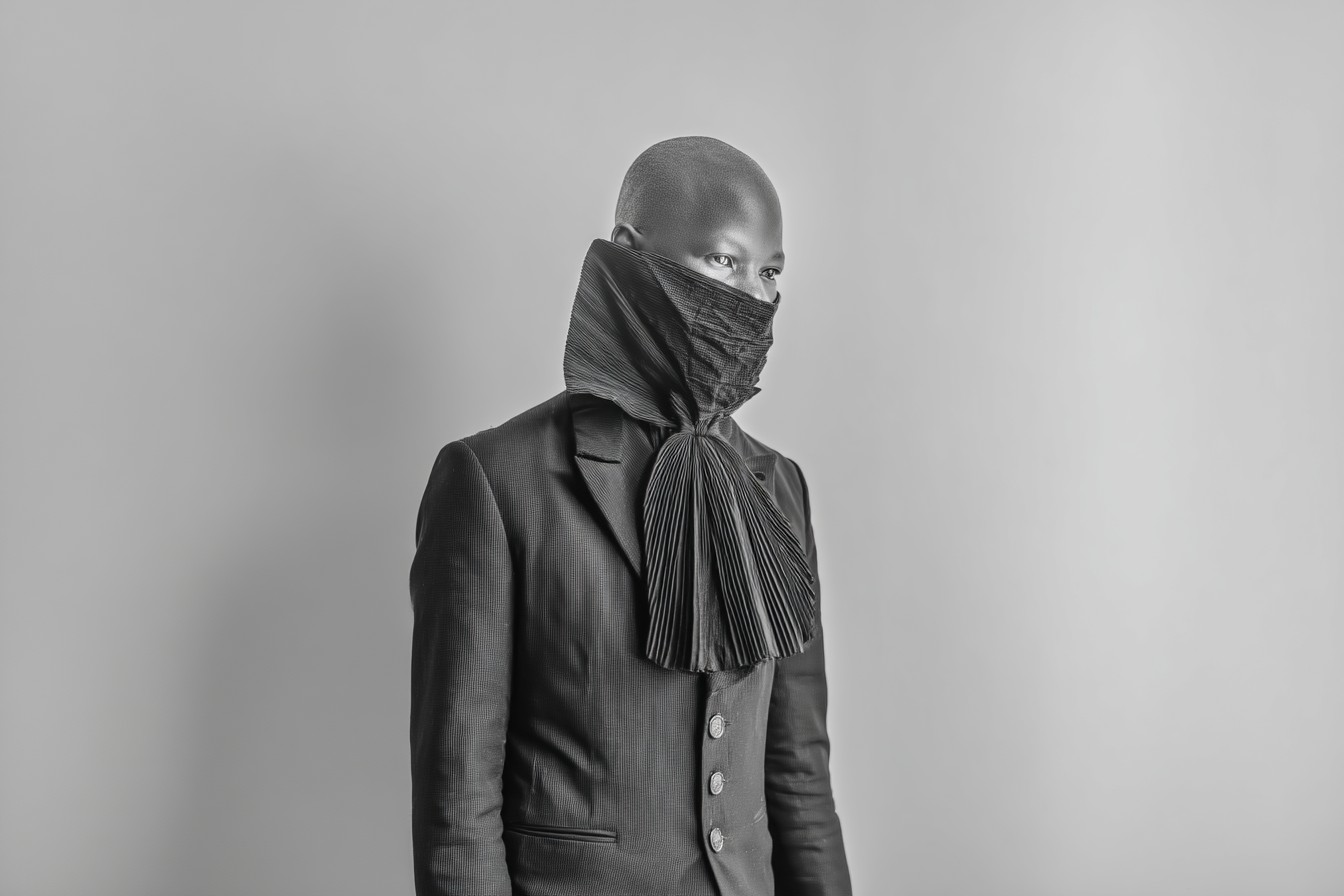
The full look: slim navy trousers, Doc Martens, white button-down, and that velvet jacket with crimson lining. I added Capaldi’s rings and the sonic screwdriver I’ve had since I was 12 (don’t judge—we all have our nostalgic treasures). The pièce de résistance was a set of attack eyebrows penciled in to match Capaldi’s magnificent scowl.
I had editorial meetings all day, which meant the Sartorial Him offices would get the full Time Lord treatment. My colleagues are used to my style experiments, but this one drew actual applause when I swept in, coat billowing behind me. Our intern, Gen Z personified, was utterly confused: “Are you cosplaying?” she asked, bewildered. Our senior editor, a devoted Whovian, responded by throwing a crumpled paper at me and demanding I explain the narrative inconsistencies in Season 8.
The challenge with channeling the Doctor wasn’t the outfit—it was the manic energy. By lunchtime, I was exhausted from spontaneously monologuing about the nature of time and humanity’s potential. I found myself gesticulating wildly during our content planning meeting, jumping between topics with barely a connection, and at one point actually standing on a chair to make a point about our digital strategy. Our editor-in-chief looked both concerned and strangely impressed.
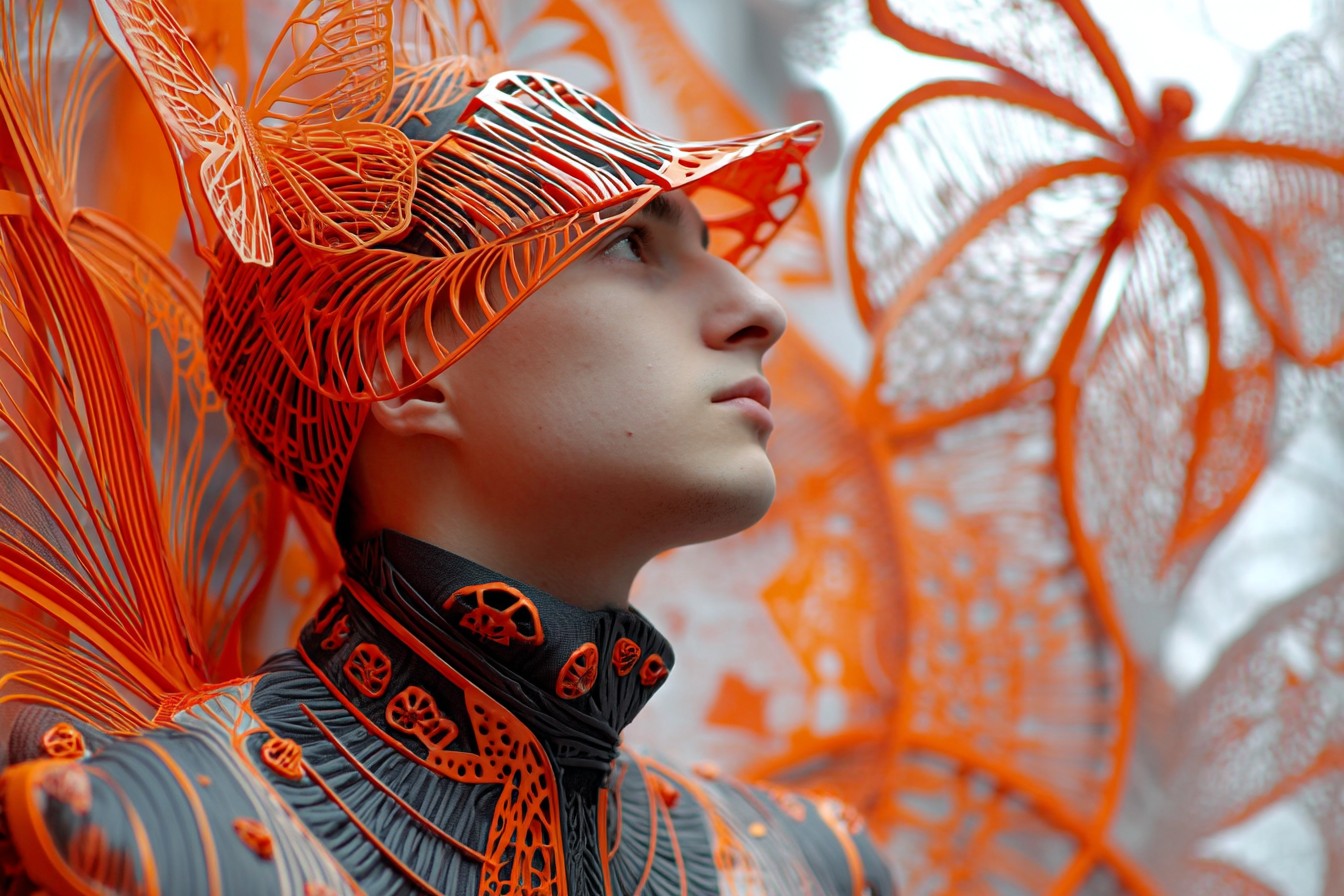
The real test came during my lunch break. I had promised to help my friend’s teenager with university application advice, meeting him at a café near the office. He took one look at me, with my velvet jacket and wild eyebrows, and visibly relaxed. “I thought this was going to be boring career advice,” he said. We ended up having a brilliant conversation about pursuing passion over practicality, the nature of time (I couldn’t help myself), and why humans create art. Not the CV-building chat I’d planned, but possibly more useful.
On the downside, three different people asked me where the nearest Comic Con was, and one woman at the bus stop wanted to know if I could recommend a good magic show. The Doctor’s clothes telegraph “eccentric but trustworthy,” which is flattering but not entirely accurate in my case.
Wednesday: Ted Lasso
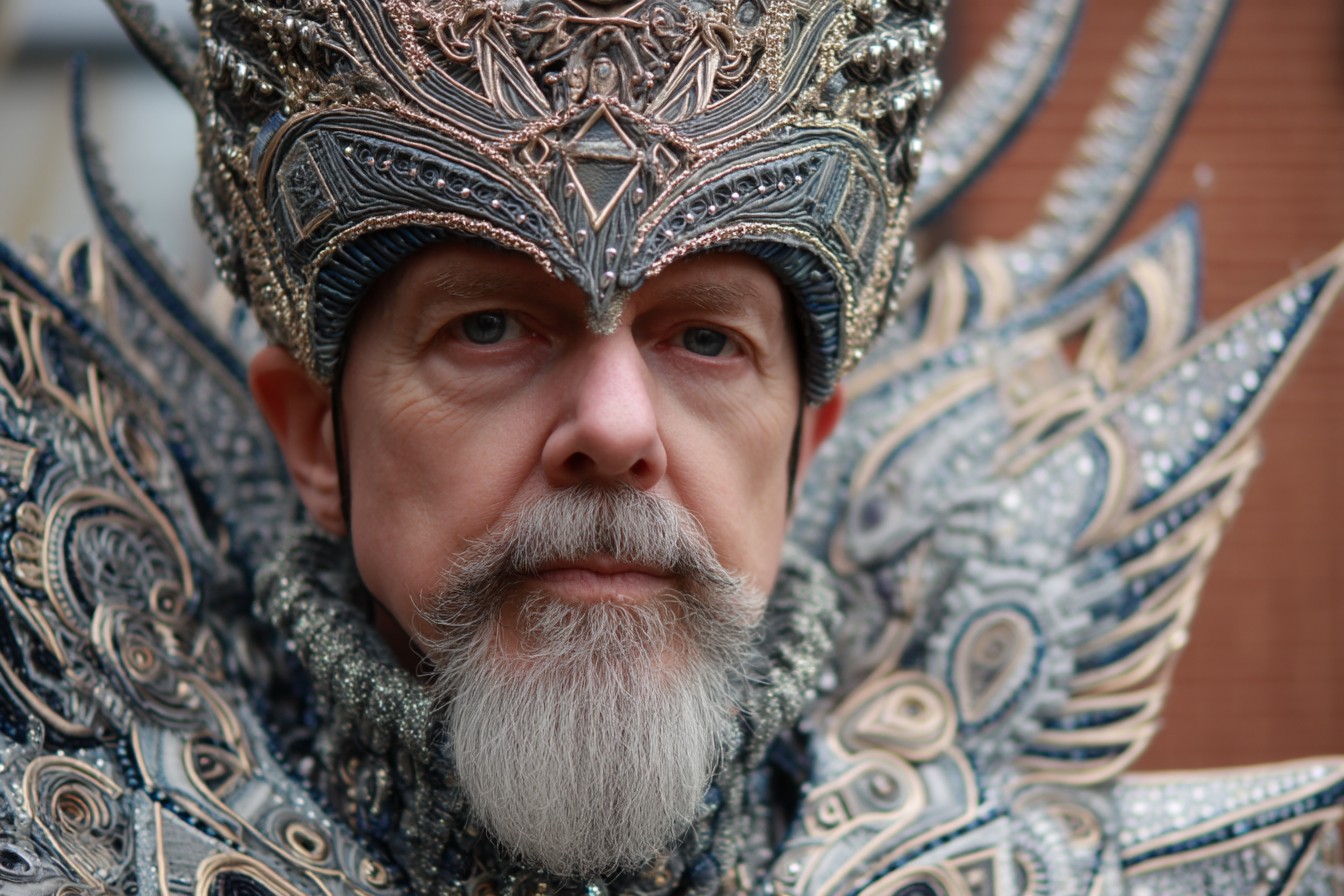
Mid-week called for something completely different. I decided on Ted Lasso, the relentlessly optimistic American football coach turned British football manager. This was challenging for multiple reasons: I’m not American, I’m not naturally that cheery, and frankly, his style is… well, it’s not exactly high fashion.
The outfit: khakis (had to buy these specially—I don’t think I’ve worn khakis since a regrettable gap year phase), blue jumper, checked shirt underneath, aviator sunglasses, and the piece de resistance—a clearly fake mustache purchased from a party shop. I also bought a whistle, which I wore around my neck, and practiced saying “I believe in believe” with my best attempt at a Kansas accent.
My calendar for Wednesday included a dentist appointment, which in retrospect was poor planning. The dentist was not amused when I refused to remove my fake mustache, explaining it was “for work.” Eventually, we compromised—I removed it for the actual check-up but insisted on wearing it in the waiting room, where I cheerfully offered life advice to a terrified-looking child waiting for an extraction.
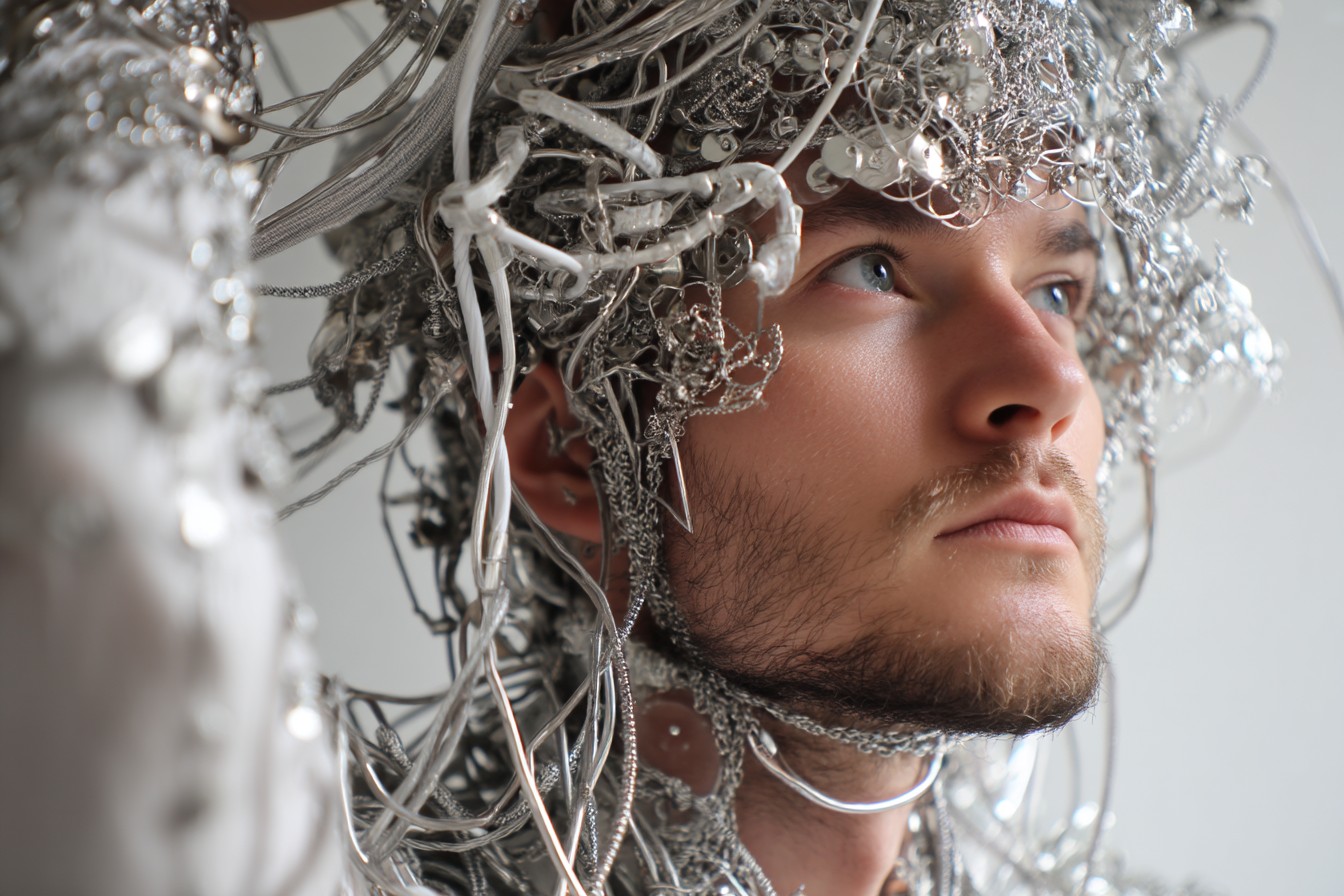
The most surprising part of Ted Lasso day was how people responded to relentless optimism. As an experiment, I decided to approach every interaction with Ted’s unfailing belief in humanity’s goodness. I high-fived the barista who made my coffee. I left an encouraging note for our building’s maintenance man. I sent motivational texts to my most cynical friends.
The results were mixed. The barista seemed delighted by the high five but confused by my accent. The maintenance man left a thank-you note in return, addressing me as “Mr. American.” My cynical friends responded with variations of “Are you having a breakdown?” and “Did you join a cult?”
But something odd happened as the day progressed. I found myself actually feeling more optimistic. There’s something about physically embodying positivity—the constant smiling, the encouraging words, the literal bounce in my step—that started to rewire my typically British, slightly pessimistic outlook. By afternoon, I wasn’t even faking the accent anymore; the good cheer had become semi-genuine.
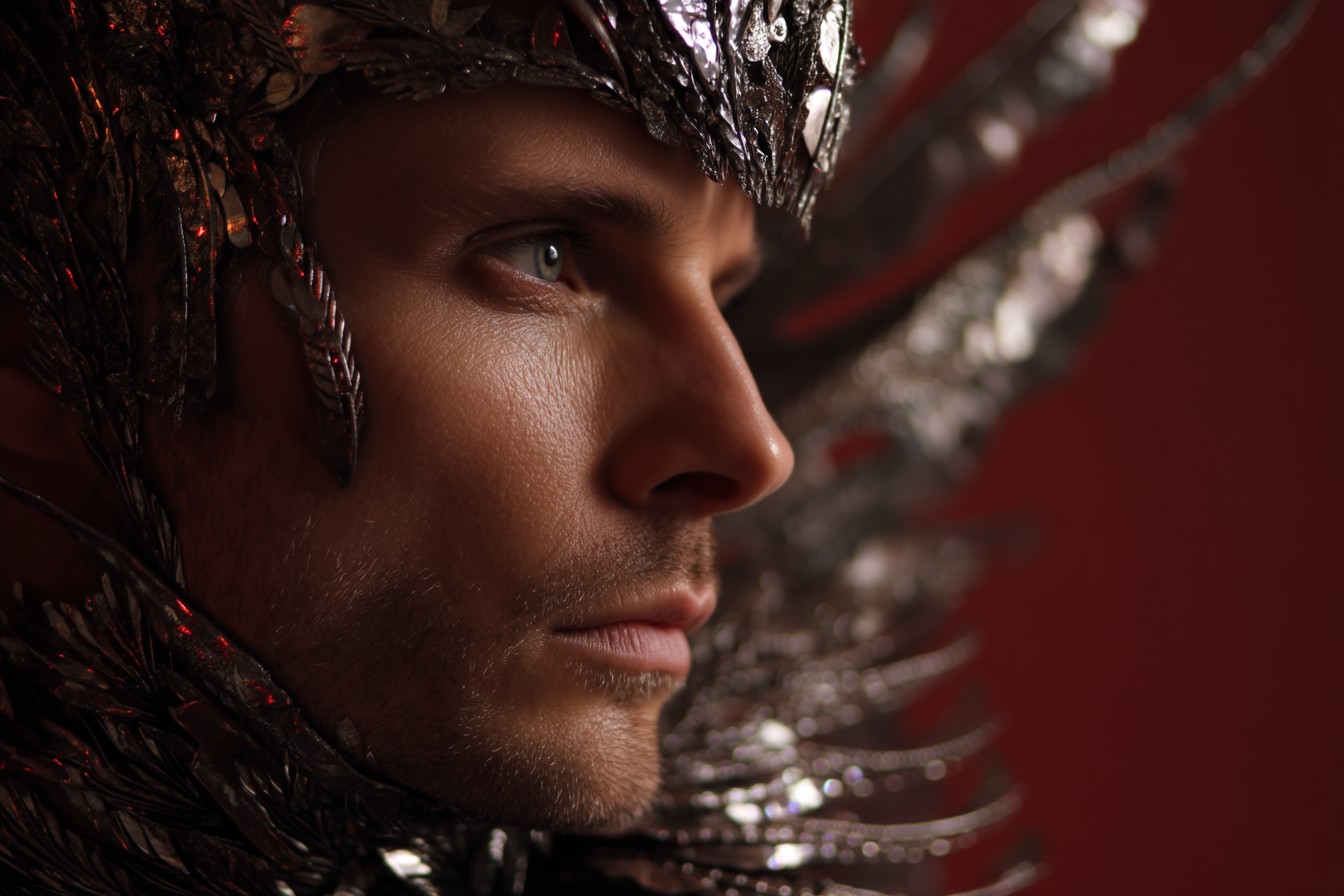
I had dinner plans with Vijay, my most fashion-forward friend who regularly roasts my style choices. He took one look at me, mustache and all, and burst out laughing. “You look like a PE teacher having a midlife crisis,” he said, which felt fair. But by the end of the meal, even he admitted there was something “annoyingly likeable” about the whole Ted Lasso vibe. “It’s like being annoyed at a golden retriever,” he concluded. “You want to roll your eyes but end up smiling instead.”
Thursday: Fleabag’s Priest (The Hot Priest)
After a day of wholesome American optimism, I swung to the other extreme: the complicated, conflicted, impossibly cool Hot Priest from Fleabag. Now we’re talking—back in my comfort zone with a black clergy shirt, black trousers, and that iconic charcoal grey jumpsuit-style clergy jacket that launched a thousand inappropriate fantasies about men of the cloth.
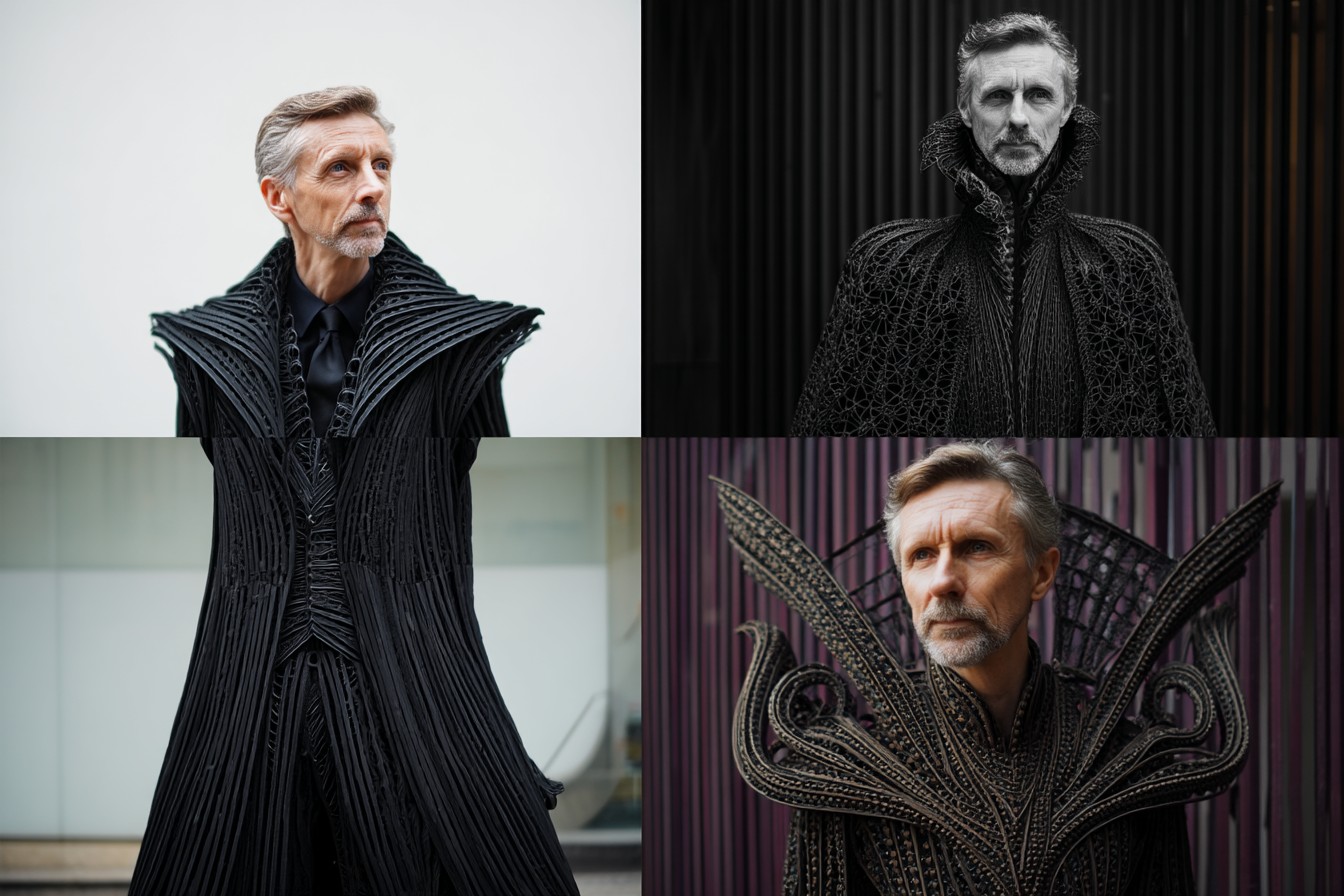
Finding clerical wear was surprisingly easy—apparently there’s a robust market for priest costumes year-round, not just at Halloween. The dog collar was plastic and dug into my neck all day, which felt appropriately penitential.
I had worried this might be crossing a line into offensive territory, but I decided the character was fictional enough (and famously tormented enough) to avoid being disrespectful. Still, I avoided actually claiming to be a priest to anyone who asked—that seemed a step too far, even for journalism.
I had to meet a PR team to view a new collection, which meant navigating Soho dressed as a man of God. The double-takes were constant. A group of tourists asked for directions to Carnaby Street, addressing me as “Father” with complete seriousness. Two separate people actually tried to make confessions—one seemingly as a joke, one alarmingly sincere before I could explain I was not, in fact, qualified to grant absolution.
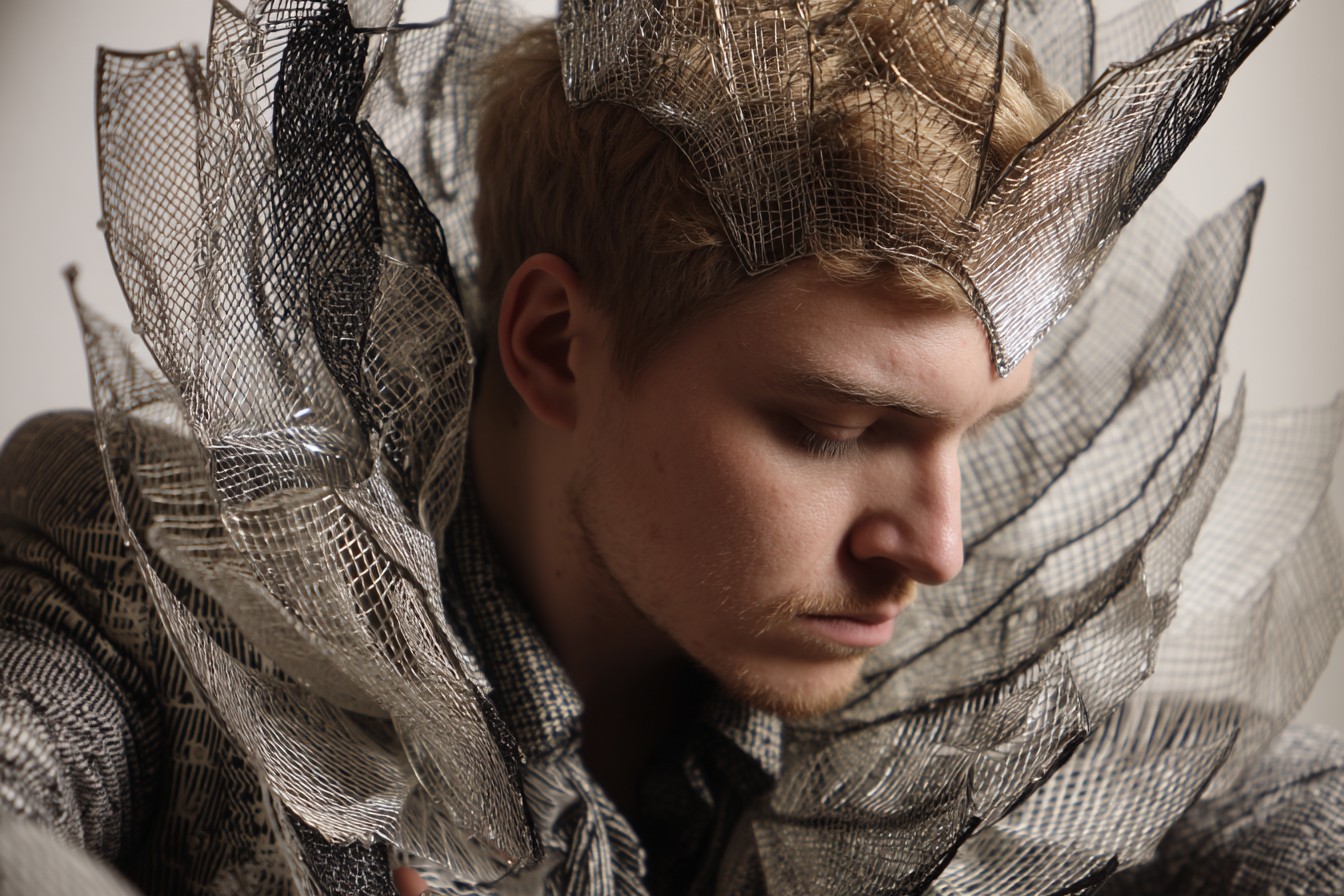
The PR team’s faces when I walked in were absolutely priceless. “Is this… for an article?” the junior assistant asked hopefully, clearly worried she’d somehow scheduled a collection viewing with actual clergy. Once I explained, they relaxed—too much, perhaps. The senior PR person spent the entire meeting making thinly veiled “hot priest” references and offering me gin in a can, which I accepted in character.
What fascinated me most was how people spoke to me—more thoughtfully, with fewer swear words, and with a strange mixture of respect and caution. A construction worker who would normally have ignored me held a door open. The typically snooty barista at my local coffee shop called me “sir” instead of sighing dramatically when I ordered.
And I found myself behaving differently too—speaking more deliberately, maintaining eye contact longer, listening more carefully. There’s something about the priest’s costume that demands a certain gravity. I caught myself nearly putting a comforting hand on a stressed-looking woman’s shoulder before remembering I was just a fashion writer in fancy dress, not someone qualified to offer spiritual comfort.
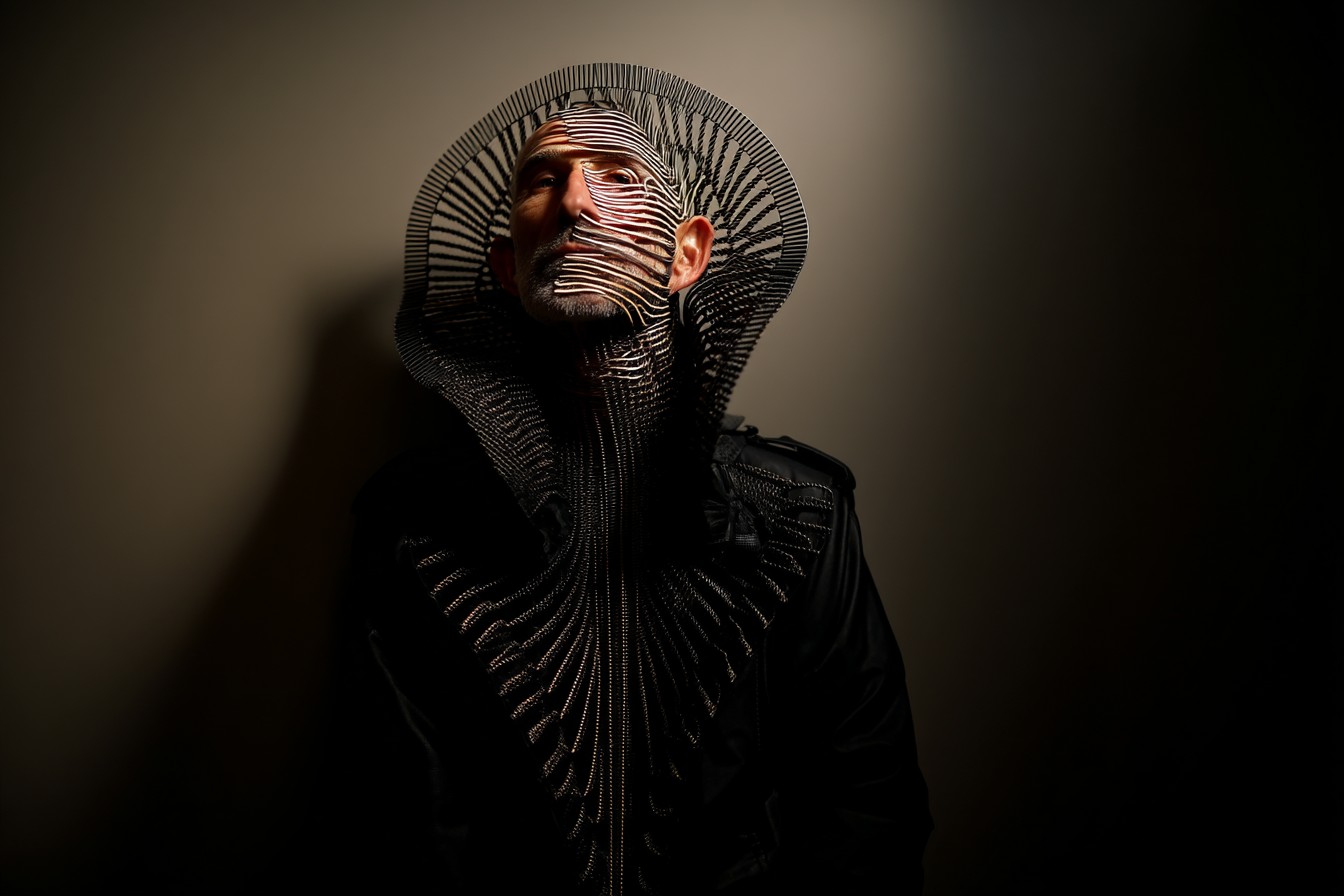
The low point came when an elderly woman asked for my blessing outside Marks & Spencer. I panicked and mumbled something about having a train to catch. The costume crossed from fashion experiment into ethical gray area faster than I’d expected.
Friday: Villanelle (Killing Eve)
For the grand finale, I went bold: Villanelle from Killing Eve. Not one of her more outrageous looks—I drew the line at a full pink tulle dress—but her famous Dries Van Noten suit from Season 1. I already owned a similar printed suit (what can I say, I’m a fashion writer with expensive taste and poor impulse control), so with a white shirt, tousled hair, and my most intense stare, I was ready for my female assassin day.
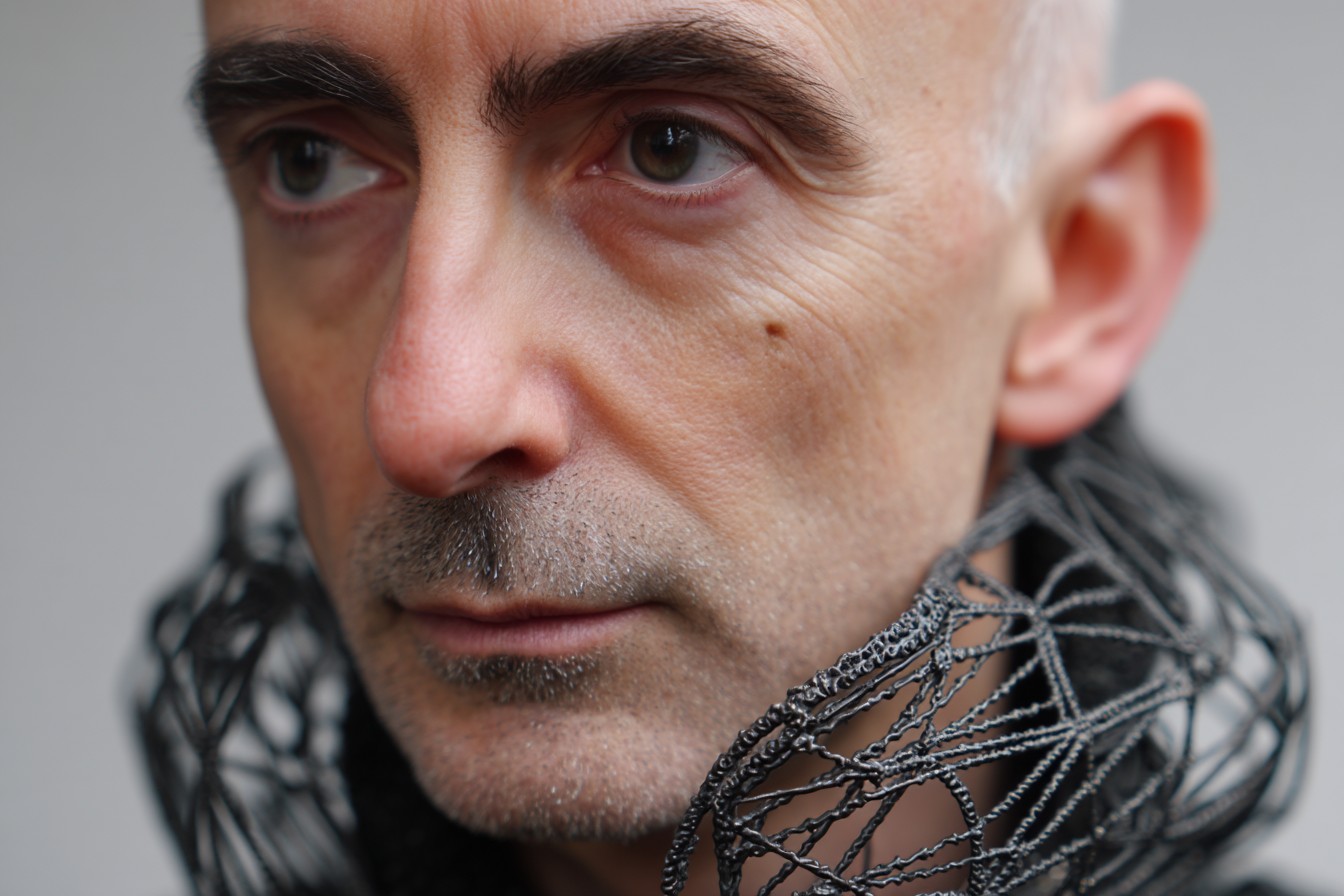
This one sparked the most controversy among my friends. “Isn’t it weird for a bloke to dress as a female character?” Jamie texted when I shared my plan. I disagreed—Villanelle’s style is flamboyant but the suits themselves aren’t inherently gendered. If David Bowie taught us anything, it’s that men can absolutely rock bold prints and androgynous tailoring.
I had an important pitch meeting with a luxury client, which meant presenting to a room full of very serious fashion executives while dressed like a psychopathic assassin with excellent taste. I decided to fully channel Villanelle’s confidence—the borderline arrogance, the unblinking stare, the slightly unnerving smile.
It worked disturbingly well. I’ve never had a pitch meeting go smoother. When one executive questioned our proposed budget, instead of my usual diplomatic negotiation, I just stared at him silently with what I hoped was Villanelle’s “I could kill you and feel nothing” expression. He actually mumbled “never mind” and moved on. Power move accidentally unlocked.
The rest of the day was a revelation. The suit itself attracted compliments—it’s objectively gorgeous, after all—but it was the character’s energy that really changed how people interacted with me. Villanelle doesn’t ask for space; she takes it. She doesn’t hope people will listen; she assumes they will. Walking through Covent Garden at lunch, I realized I was taking up more physical space, walking with more certainty, making decisions faster.
My evening plans involved drinks with the entire Sartorial Him team to celebrate a colleague’s promotion. I considered changing first but decided to commit to the bit. Our editor-in-chief took one look at me and said, “Villanelle, I presume?” I was absurdly pleased she recognized the reference. The team was divided—half thought it was brilliant, half found it vaguely unsettling how much I seemed to be enjoying channeling a fictional murderer.
The Week’s Verdict
Seven days, five characters, and more self-discovery than I’d bargained for. I expected this experiment to be about how others perceive clothes and the characters we associate with them. What I didn’t expect was how dramatically these outfits would change my own behavior.
Tommy Shelby’s three-piece armor made me more assertive. The Doctor’s eccentric professor look gave me license to be more expansive with my ideas. Ted Lasso’s dad-core outfit somehow made me actually feel more optimistic. The Hot Priest’s collar made me a better listener. And Villanelle’s bold suit unlocked a confidence I didn’t know I needed.
It’s easy to dismiss fashion as superficial, but this week proved what I’ve always suspected: clothes are costumes we use to signal who we are—or who we want to be—to the world. The right outfit doesn’t just change how others see us; it changes how we see ourselves.
Will I continue wearing a fake mustache to important meetings? Probably not. Am I planning to invest in more three-piece suits with subtle menace? Absolutely. And the next time I need to nail a pitch meeting, you might just spot me in a bold printed suit, channeling my inner assassin. Just don’t sit with your back to the door.
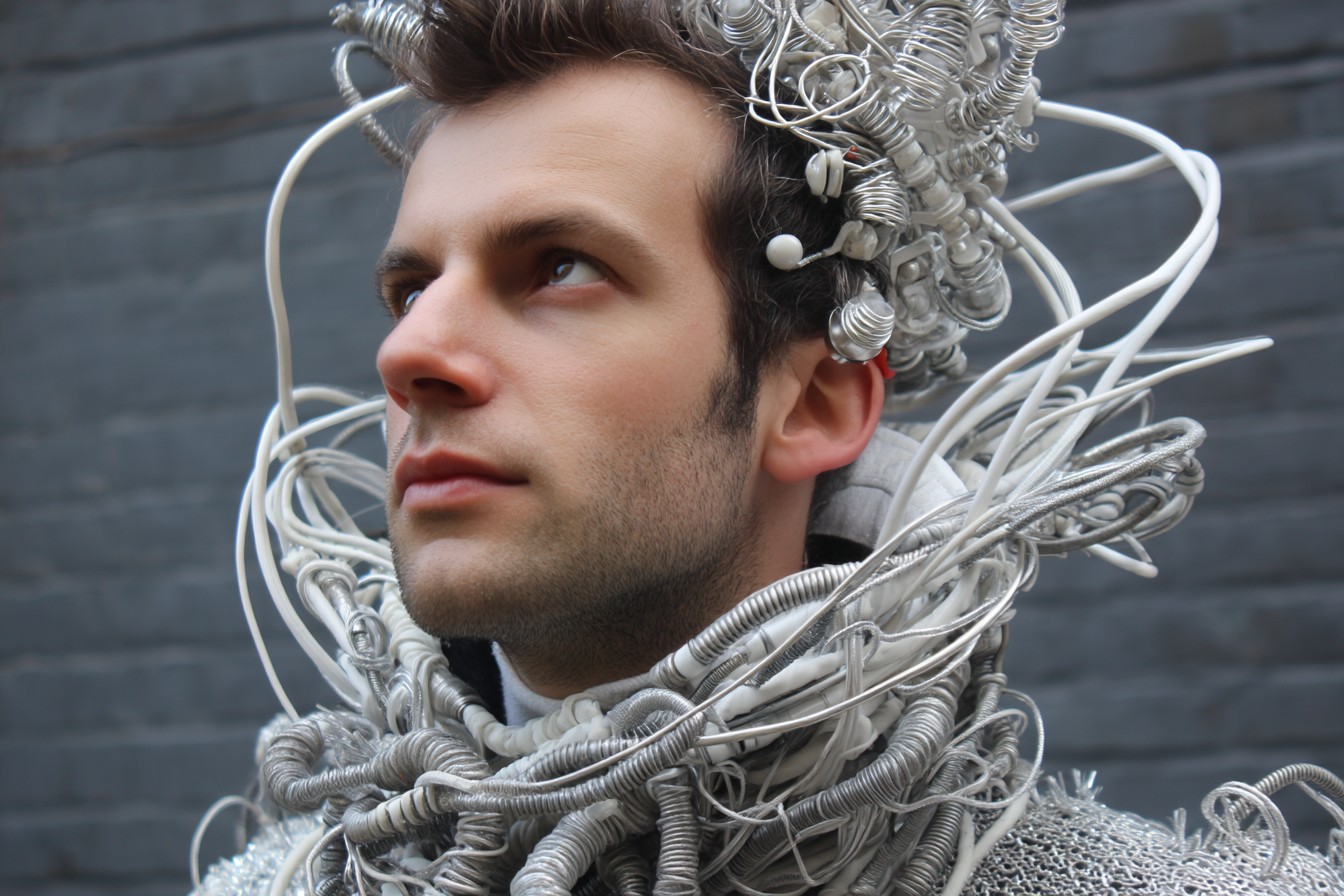
Leave a Reply